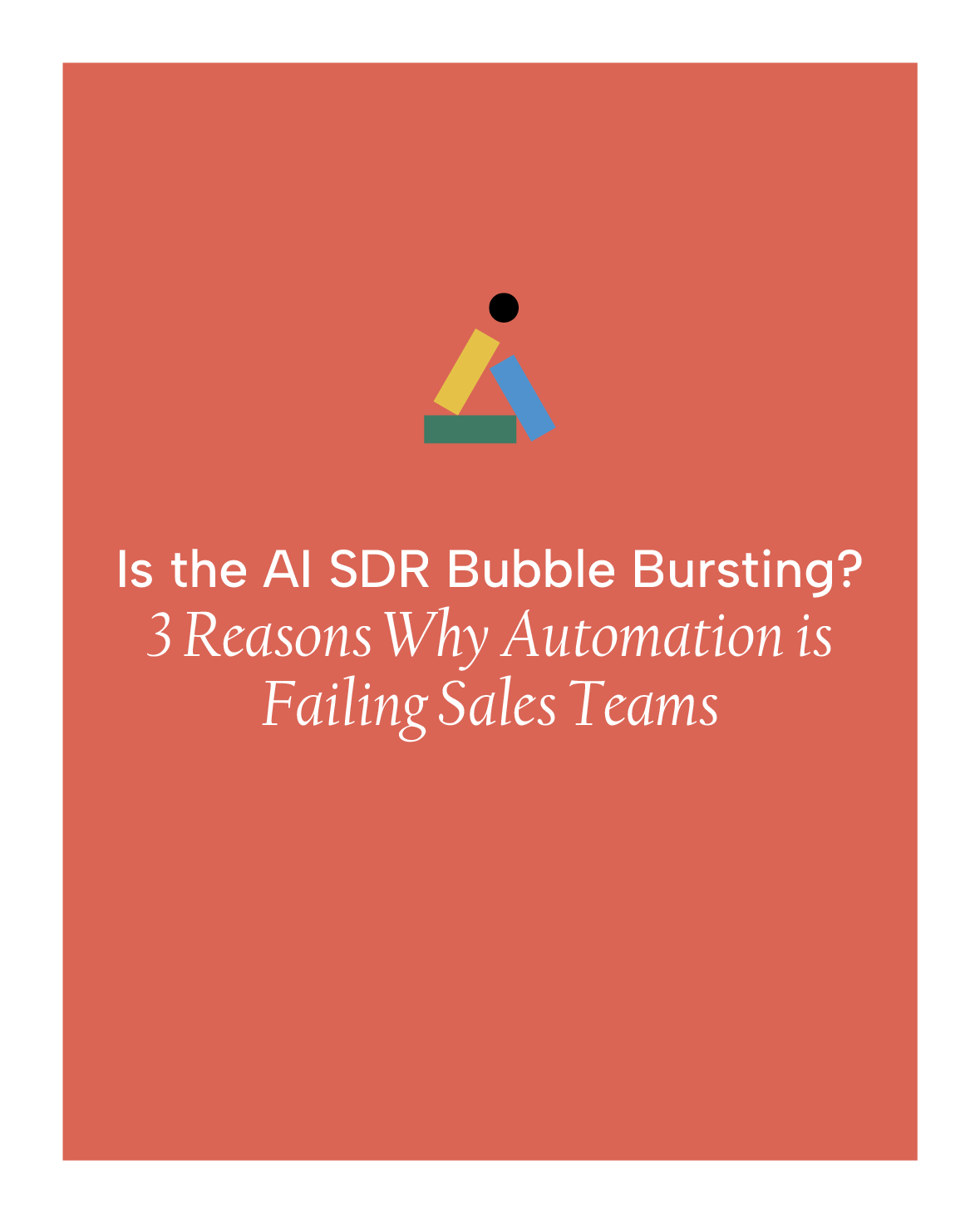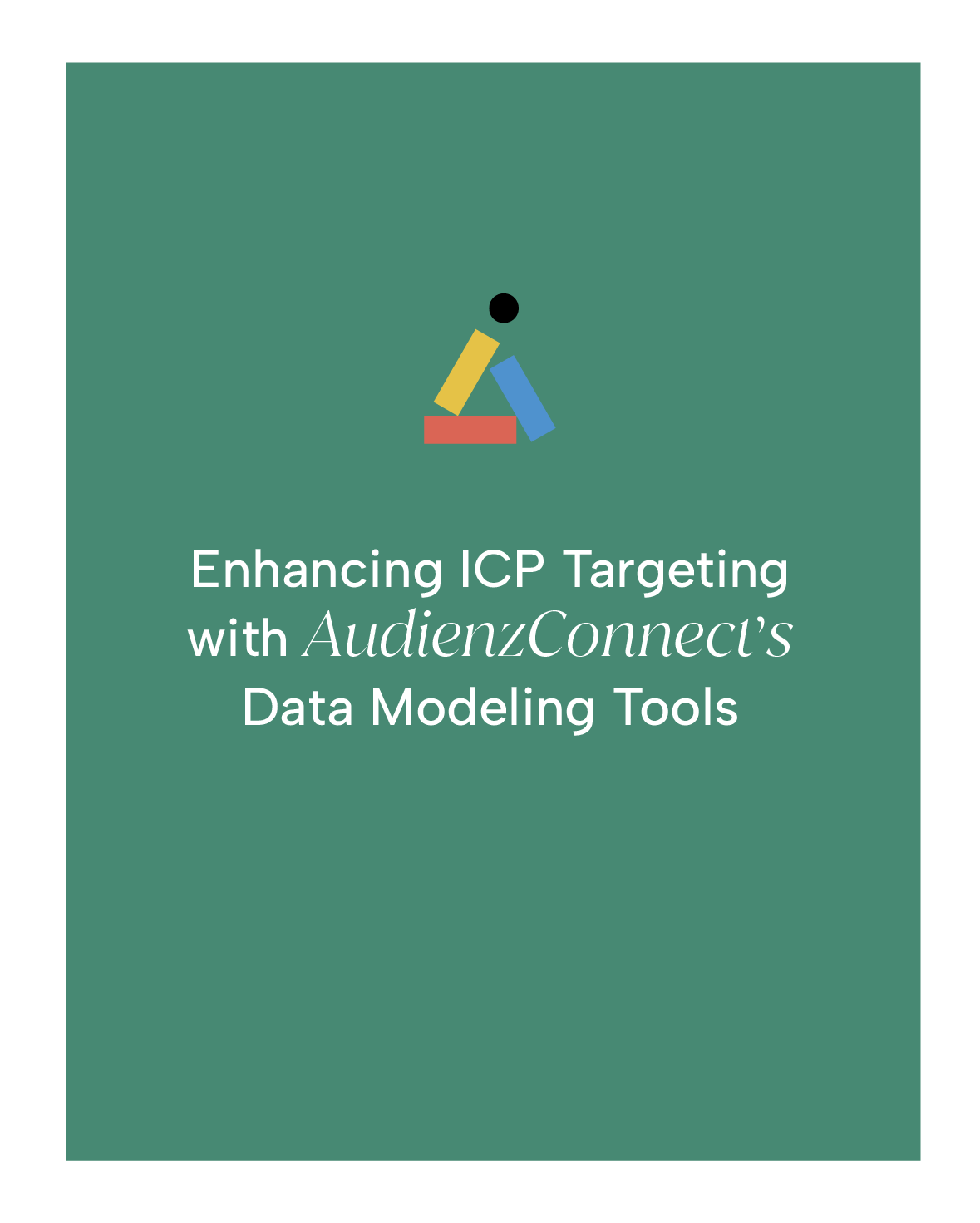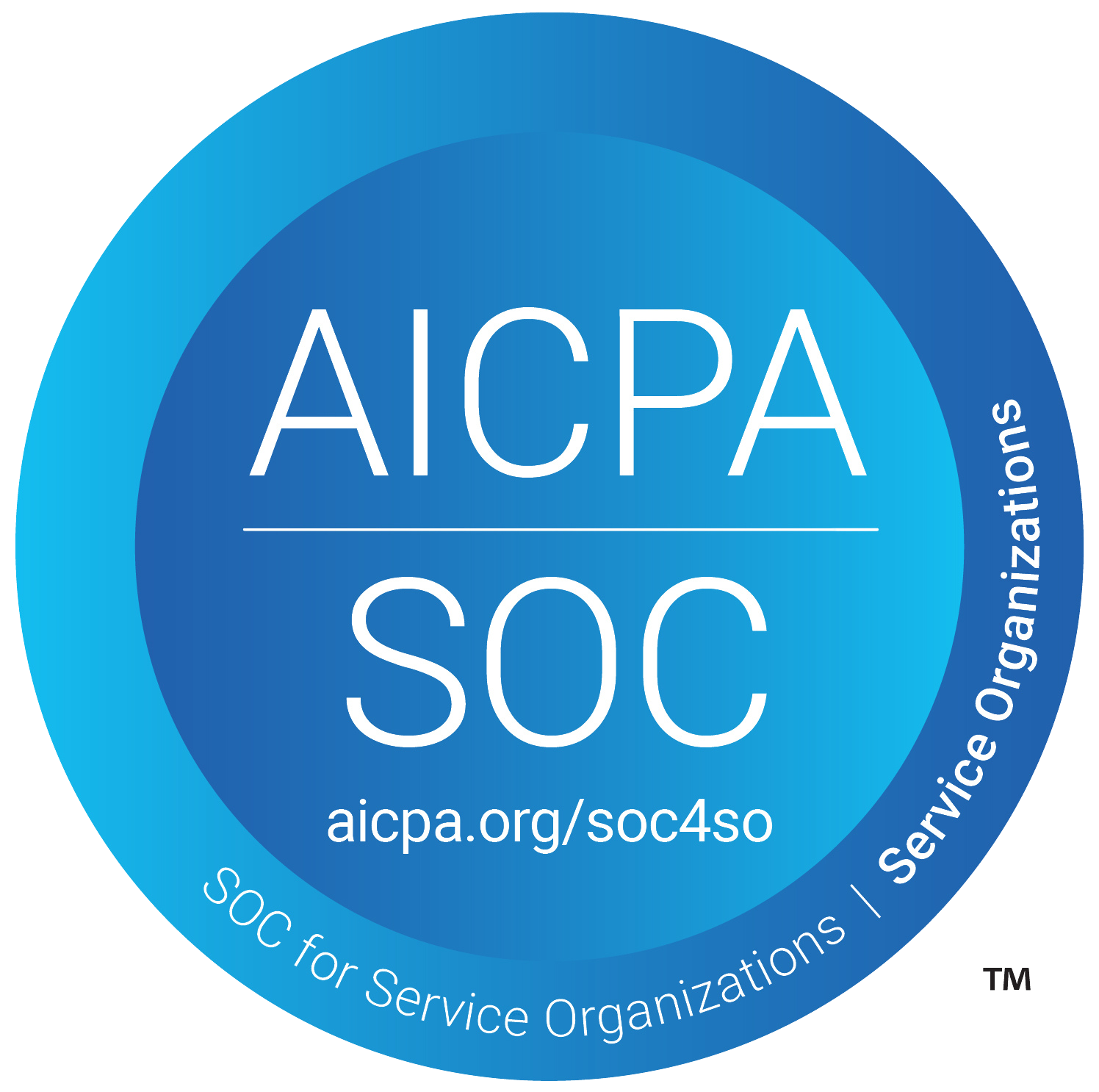Revenue at Risk: Top Sales Challenges Threatening Growth in 2025 (And How to Solve Them)
With increased competition, rapid adoption of AI-powered solutions, and macroeconomic uncertainties, the sales teams are under tremendous pressure to hit growth targets while navigating new and complex challenges.
For revenue leaders, the stakes couldn’t be higher. Traditional prospecting methods are becoming less effective, while sales efficiency has become a non-negotiable. Furthermore, as AI reshapes the sales ecosystem, not all solutions are created equal—leaving organizations struggling to identify and prioritize high-intent buyers.
In this blog, we’ll explore major sales challenges that are putting revenue at risk in 2025—and how you can overcome them with smarter, data-driven strategies.
1. The Sales Playbook Is Broken: Why Traditional Prospecting No Longer Works
The days of relying solely on cold calling and mass email outreach are over. Today’s buyers are more informed, selective, and harder to reach. According to a recent Gartner study, 83% of a buyer’s journey is completed before they ever engage with a sales representative. This shift has rendered many traditional prospecting methods ineffective.
Why is traditional prospecting failing?
- Information overload: Buyers are bombarded with sales messages, making it harder for generic outreach to break through the noise.
- Inaccurate targeting: Many organizations still rely on outdated or incomplete data, leading to wasted time on unqualified leads.
- Longer sales cycles: Decision-making processes now involve multiple stakeholders, adding complexity and slowing down conversions.
Solution: Focus on Intent-Driven Prospecting
Rather than casting a wide net, sales teams should focus on identifying and engaging buyers who are actively in the market. This means leveraging real-time intent data to detect signals that indicate when a prospect is researching solutions or preparing to make a purchase.
2. Sales Efficiency in a Tight Market: Doing More with Less
In 2025, "do more with less" is no longer just a mantra—it’s a business imperative. Sales teams are being asked to generate more pipeline and close more deals without the luxury of expanding headcount or budgets.
What’s driving the need for efficiency?
- Budget constraints: Companies are tightening spending while still demanding aggressive growth targets.
- Inexperienced sales teams: Many organizations are opting for junior SDRs with larger AE-to-SDR ratios, putting pressure on fewer, less-experienced reps.
- Operational complexity: Siloed systems and manual workflows slow down the sales process and introduce errors.
Solution: Automate and Optimize Workflows
Sales teams must embrace AI-powered automation to reduce manual work and improve efficiency. Tools that can automate lead scoring, prioritize high-value accounts, and deliver actionable insights in real-time can significantly boost productivity.
3. How Sales Teams Can Prioritize the Top 10% of In-Market Buyers for Better Conversion Rates
Not all leads are created equal. In a competitive environment, the ability to identify and prioritize the most promising buyers is critical. However, many sales teams still rely on basic demographic and firmographic data, missing out on behavioral and intent signals that reveal who is ready to buy.
Why does this matter?
- Wasted effort: Sales reps waste time pursuing leads with no real purchase intent.
- Missed opportunities: High-intent buyers go unnoticed or are contacted too late in their decision-making process.
- Inefficient pipelines: Without proper lead prioritization, pipelines become bloated with low-quality opportunities.
Solution: Leverage Verified Person-Level Intent Data
Sales teams need to adopt platforms that go beyond traditional lead scoring by combining behavioral intent signals with real-time buyer activity. This approach allows you to focus resources on the top 10% of buyers who are most likely to convert—driving better outcomes with less effort.
4. The AI Sales Revolution: Why Not All AI-Powered Solutions Are Equal
AI has undoubtedly transformed sales, but not all AI solutions deliver on their promises. Many organizations have invested in AI-powered SDR tools only to find that these systems fall short due to poor data quality, black-box algorithms, and limited transparency.
What makes AI adoption challenging in sales?
- Data Silos Remain: AI cannot deliver value if customer data is fragmented across multiple systems, preventing a unified view of the buyer journey.
- Lack of Contextual Understanding: Many AI models lack the ability to interpret complex buyer behavior across different channels, leading to missed opportunities.
- Rigid Automation: Over-automated workflows that prioritize volume over value often dilute personalization and reduce buyer engagement.
Solution: Choose AI That Enhances Human Judgment
The best AI solutions augment human expertise rather than replace it. Look for platforms that provide transparent decision-making, allow for customizable workflows, and integrate seamlessly with your existing tech stack.
Audienz.ai’s Unique Approach: Identifying, Verifying, and Activating High-Intent Decision-Makers
Audienz.ai is transforming the future of sales engagement by combining advanced AI with verified intent data—empowering sales teams to close more deals faster.
Here’s how Audienz.ai helps you stay ahead of the competition:
- Identifying High-Intent Buyers
Uses behavioral intent signals from multiple sources (dark funnel, social activity, community engagement) to detect when decision-makers are actively researching solutions.
- Verifying Decision-Makers
Cross-references intent data with real-time firmographics and buyer activity to ensure the leads are accurate, qualified, and actionable.
- Activating Personalized Engagement
Delivers contextually relevant insights to help sales reps engage buyers with the right message at the right time.
- Streamlining Sales Workflows
Automates repetitive tasks, improves CRM hygiene, and prioritizes the top 10% of buyers most likely to convert.
- Providing Transparent Insights
Offers clear visibility into lead-scoring logic and customizable models to align with your GTM strategy.
With Audienz.ai, you can stop guessing and start closing—faster, smarter, and more efficiently.
Conclusion: The Future of the Sales Playbook
As we move into 2025, sales teams are navigating a perfect storm—traditional strategies are breaking down, efficiency is no longer optional, and AI is reshaping how deals are won. The modern sales playbook must evolve to thrive in this new environment.
To stay ahead, revenue leaders should embrace a data-first, buyer-centric approach that prioritizes:
Intent-Driven Prospecting – Identify and engage the right buyers at the right time.
Operational Efficiency – Automate manual tasks to free up time for meaningful conversations.
AI-Augmented Decision-Making – Use transparent, adaptive AI to guide strategy without losing the human touch.
Ready to transform your sales process and identify your best buyers before your competitors do?
Experience the power of Audienz.ai— Request a Free Demo Today!
share this
Related Articles











